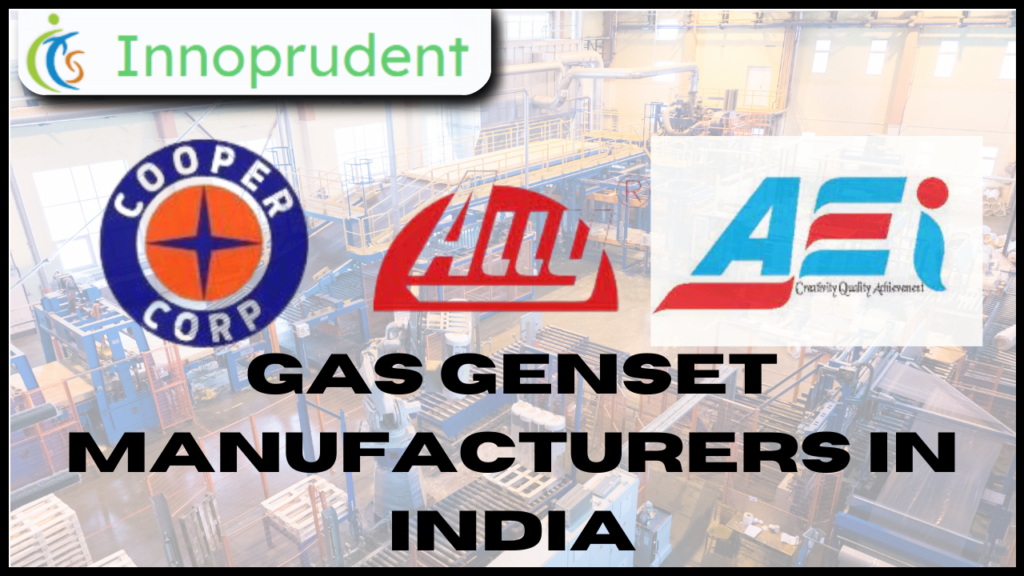In today’s world, energy efficiency and sustainability are at the forefront of our collective consciousness. As businesses and individuals seek ways to reduce their carbon footprint and operating costs, one effective solution that often gets overlooked is gas retrofitting in commercial buildings.
This simple yet impactful process can lead to a multitude of benefits, from cost savings to environmental advantages. In this blog, we’ll explore the concept of gas retrofitting and delve into the various advantages it offers to commercial building owners and operators in simple and easy language.
What is Gas Retrofitting?
Gas retrofitting refers to the process of upgrading a commercial building’s existing energy systems to more efficient and eco-friendly gas-based alternatives.
This may involve replacing outdated equipment, enhancing insulation, or even installing new gas-powered systems where none existed before.
The goal is to reduce energy consumption, lower operational costs, and minimize environmental impact, all while maintaining a comfortable and productive environment for building occupants.
Benefits of gas retrofitting in commercial buildings and why it’s a significant step toward a greener, more sustainable future.
Reduced Energy Costs
One of the most immediate benefits of gas retrofitting in commercial buildings is the reduction in energy costs.
By optimizing the use of natural gas, businesses can significantly lower their monthly utility bills. More efficient heating, cooling, and ventilation systems mean less energy wasted, which translates to lower expenses.
Imagine a large shopping mall, for example. By retrofitting its HVAC systems and water heaters, the mall can save thousands of dollars each year, and these savings can be redirected to improve other aspects of the business.
Environmental Impact
Gas retrofitting is an eco-friendly solution that can greatly reduce a building’s environmental footprint. Using energy more efficiently means lower carbon emissions and decreased reliance on fossil fuels. This, in turn, helps combat climate change and reduces air pollution, making the air we breathe cleaner and healthier.
Reducing greenhouse gas emissions is a crucial part of global efforts to combat climate change. Gas retrofitting can play a significant role in reducing a building’s contribution to greenhouse gas emissions, making it a valuable step in protecting the environment.
Increased Property Value
Investing in gas retrofitting can also boost the value of commercial properties. Energy-efficient buildings are not only more attractive to tenants but also to potential buyers. In today’s market, more and more businesses are looking for sustainable and cost-effective solutions when choosing a place to set up shop.
Commercial buildings with gas retrofitting improvements can command higher rental rates and property values, making it a smart long-term investment for building owners.
Improved Tenant Satisfaction
Tenant satisfaction is crucial for commercial building owners and managers. By retrofitting a building to be more energy-efficient, tenants benefit from lower utility costs, improved comfort, and a healthier indoor environment.
These factors contribute to happier tenants who are more likely to renew their leases and recommend the building to others.
For Eg:, a restaurant located in a gas-retrofitted building will find it easier to maintain a comfortable temperature and quality air, leading to a better dining experience for customers.
Regulatory Compliance
Government has introduced stricter energy efficiency regulations and emissions standards for commercial buildings. Gas retrofitting helps buildings meet these requirements, ensuring compliance with local and national laws.
Staying ahead of these regulations not only avoids potential fines but also demonstrates a commitment to sustainability and corporate social responsibility, which can improve a company’s reputation.
Extended Equipment Lifespan
Gas retrofitting typically involves upgrading or replacing older, less efficient equipment with newer, more energy-efficient alternatives. This not only reduces energy consumption but also extends the lifespan of these systems. As a result, building owners can enjoy lower maintenance and replacement costs in the long run.
For example, a gas boiler replacement can lead to reduced maintenance costs and a longer life for the new boiler, ultimately saving the building owner money.
Energy Independence
Gas retrofitting can also help businesses achieve a degree of energy independence. By relying on natural gas more efficiently, commercial buildings can become less vulnerable to fluctuations in energy prices. This independence can provide stability in terms of energy costs, especially in regions with volatile energy markets.
Job Creation
The gas retrofitting industry has been growing rapidly, creating job opportunities for technicians, engineers, and project managers. These jobs not only boost the local economy but also contribute to the overall well-being of the community.
As more buildings embrace gas retrofitting, the demand for skilled workers in this field will continue to rise, providing stable employment opportunities for years to come.
Public Relations and Brand Image
In today’s world, where consumers are increasingly conscious of environmental issues, a commitment to sustainability and responsible energy usage can boost a company’s public image.
Businesses that embrace gas retrofitting and other green technologies can use their efforts to market themselves as environmentally conscious, attracting environmentally-minded consumers.
Promoting a green image can differentiate a company from its competitors, potentially leading to increased customer loyalty and trust.
Some Related Posts
Wrapping Up
Gas retrofitting in commercial buildings offers a wide range of benefits, from cost savings to reduced environmental impact and improved tenant satisfaction. As the world continues to address the urgent challenges of climate change and energy efficiency, gas retrofitting stands out as a practical and effective solution for commercial buildings.
By investing in gas retrofitting, businesses can reduce their energy costs, minimize their carbon footprint, increase property values, and demonstrate a commitment to a sustainable future. It’s time for commercial building owners to consider the advantages of gas retrofitting with Innoprudent and take the necessary steps toward a greener and more efficient tomorrow.
Frequently Asked Questions(FAQS)
1. What is gas retrofitting in commercial buildings?
Gas retrofitting in commercial buildings refers to the process of upgrading or replacing existing heating, cooling, and electrical systems with more energy-efficient and environmentally friendly alternatives. This aims to improve energy efficiency, reduce operational costs, and lower environmental impact.
2. Why should I consider gas retrofitting for my commercial building?
Gas retrofitting offers a range of benefits, including reduced energy consumption, lower utility bills, improved comfort, reduced environmental impact, and long-term cost savings. It also helps comply with energy and environmental regulations and enhances property value.
3. How does gas retrofitting improve energy efficiency?
Gas retrofitting improves energy efficiency by replacing outdated systems with modern, high-efficiency appliances, such as HVAC units, furnaces, and boilers. These new systems use energy more effectively and reduce waste, resulting in lower energy consumption.
4. What are the environmental benefits of gas retrofitting?
Gas retrofitting reduces a building’s carbon footprint by replacing older, less efficient systems with energy-efficient alternatives. This leads to lower greenhouse gas emissions, making it a more sustainable and environmentally responsible choice.
5. Will gas retrofitting disrupt my business operations?
The extent of disruption depends on the scope of the retrofitting project. However, experienced professionals can often carry out retrofitting with minimal interruption to daily operations, ensuring your business can continue running smoothly.
6. What is the return on investment (ROI) for gas retrofitting in commercial buildings?
The ROI for gas retrofitting varies based on factors like the initial investment, energy cost savings, and available incentives. In many cases, businesses can expect to recoup the retrofitting costs through energy savings and incentives over time, making it a financially sound decision.



